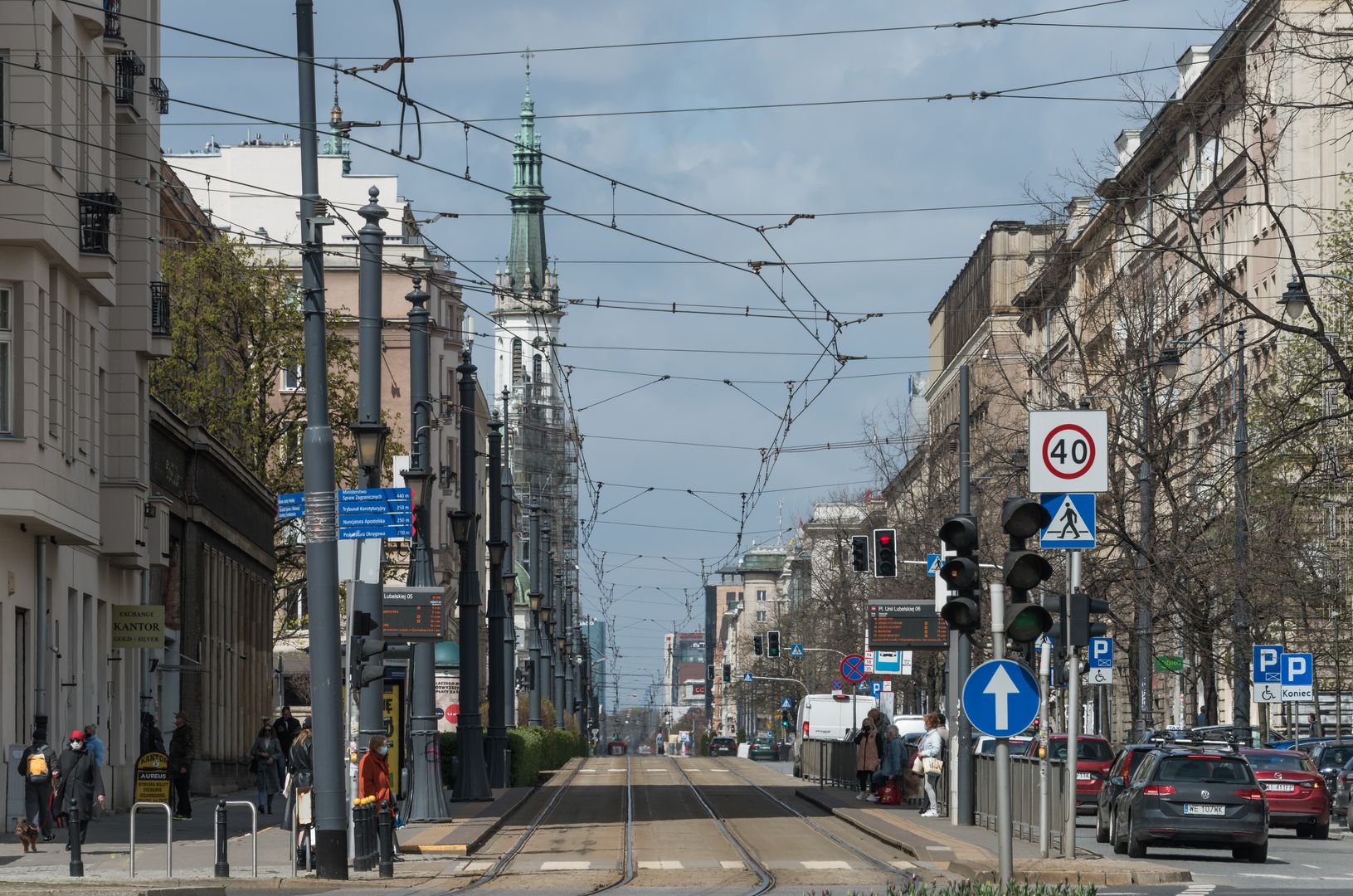Marszałkowska Street in Warsaw
6.33

Overview
Marszałkowska Street is one of the main arteries of Warsaw, stretching from Unii Lubelskiej Square to Bankowy Square. Its history dates back to the times before World War II, when the street's name was associated with the palace of the Grand Crown Marshal Franciszek Bieliński. In the 19th century, the street became the center of intense construction activity, leading to the emergence of numerous impressive tenement houses, shops, and restaurants. After World War II, the street suffered unimaginable devastation, lasting from September 1939 until the Warsaw Uprising, with some estimates suggesting losses of up to 80% of its buildings. Many tenement houses were destroyed, and during the occupation, the street was renamed "Marschallstrasse." The reconstruction of Marszałkowska was a complex process, during which most of the destroyed buildings were demolished, and the new structures often featured socialist realist architecture. The street earned the nickname "ground-floor Marszałkowska" because numerous shops were opened in the destroyed ground floors. Among the notable landmarks on Marszałkowska are the Polonia Theater, the Church of the Holiest Savior, the Ministry of Metallurgy building, the Centrum and Świętokrzyska metro stations, and Nowa Huta near the Palace of Culture and Science. In the 1990s, the street was modernized, and in 2006, a section of it underwent revitalization. Despite numerous changes, Marszałkowska remains an important point on the map of Warsaw, blending historical architecture with modern urban elements, making it an attractive destination for both residents and tourists.
Location
Tickets
Powered by GetYourGuide
2025 Wizytor | All Rights Reserved